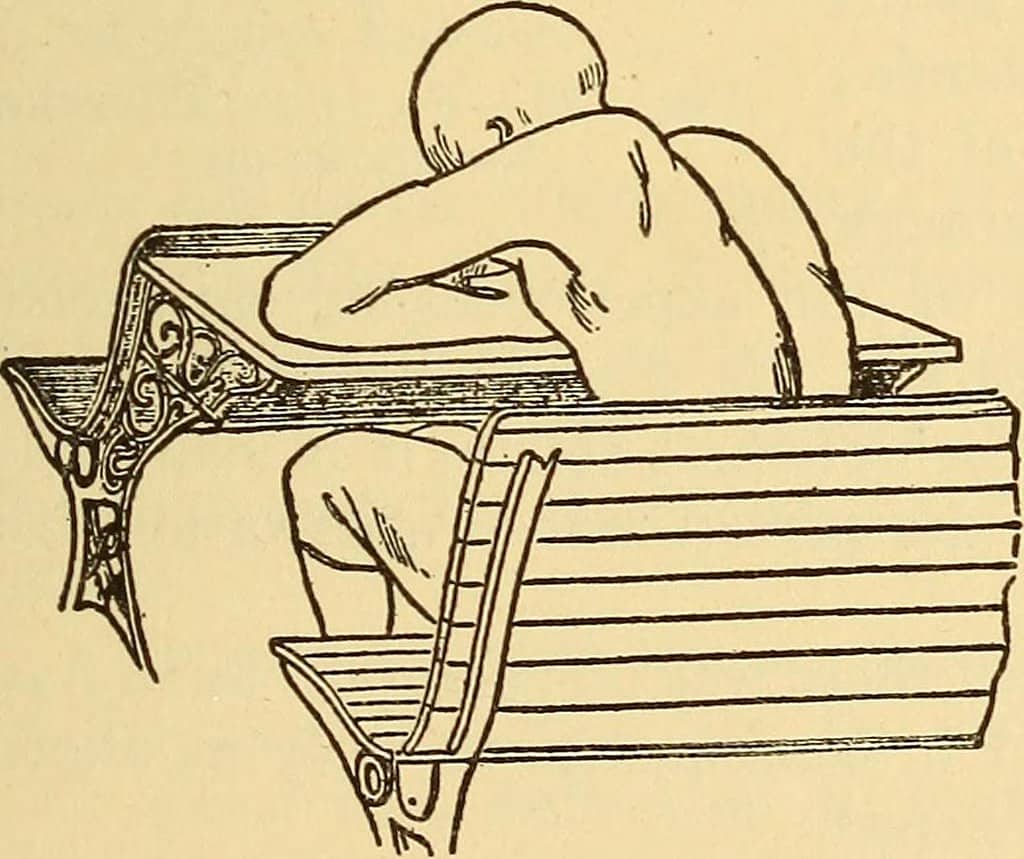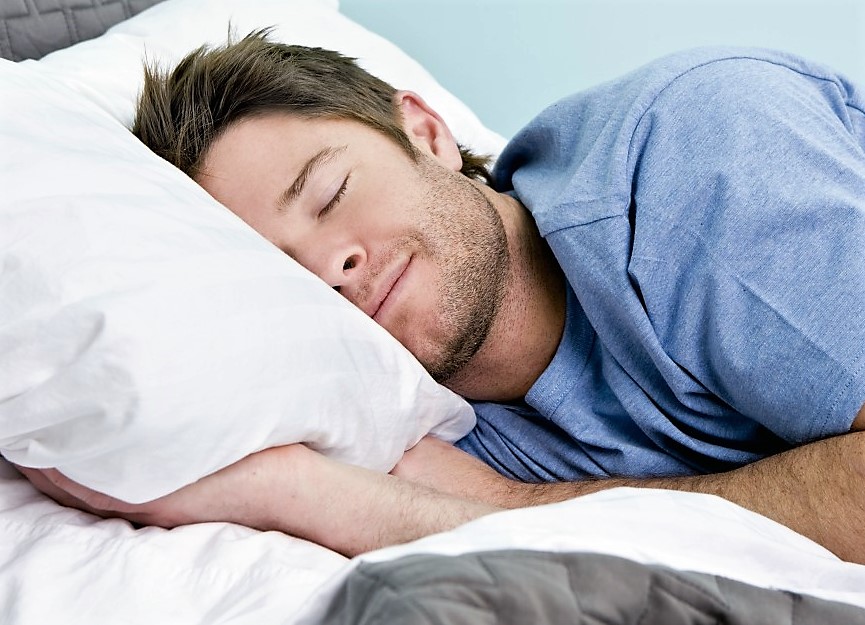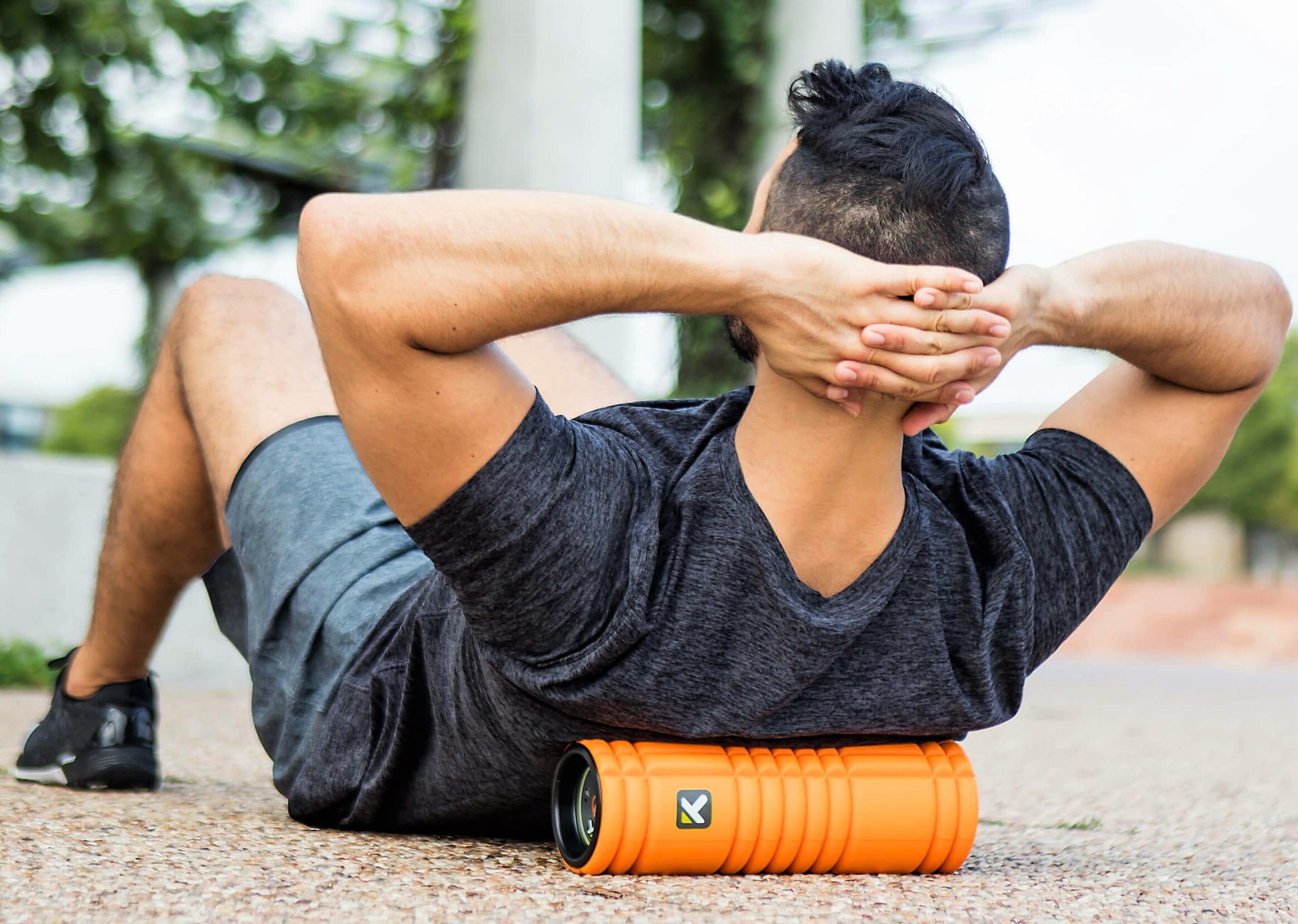I’ll be the first to admit that I lack the data for it, but I’m willing to go on a limb and assume that most of my readers live largely sedentary lives, myself included. Some of us might have experiences with back pain, and some of us will attribute a decrease in back pain with lifting.
Seeing as how most of my readers are American and roughly 86 percent of the American workforce sits at work, I’d say there’s some weight behind that assumption.
Now that we’re in quarantine, our time spent resting and sitting has likely increased exponentially, especially for those of us without access to a home gym or an open commercial gym. But is sitting really a big problem when it comes to back pain and physical activity? And how does it relate to back pain and lifting?
Do We Sit Too Much?
I’ve always been cognizant of the fact that I spend most of my life relatively stationary. A third of my day is spent sleeping (and I’d say that goes for most of us), and when I’m awake, I spent at least ten hours sitting, and maybe more.
On average, statistics estimate that Americans spend nine to 13 hours sitting or resting, not counting sleep. So, we’re all quite lazy. But is it true that that contributes directly to back pain? Or is it what we do with the rest of our time that affects why and how our backs hurt?
Consider, for example, how the indigenous Hadza people of northern Tanzania spend an estimated ten hours a day resting. That’s fairly close to the amount of time most Americans spend being sedentary.
However, they also spend an average of 8.75 hours a week being active (walking at a brisk pace, climbing, foraging, and hunting), while Americans barely manage to exercise an average of 2.5 hours a week.
The Hadza report little to no back pain. Lower back pain has a lifetime prevalence of roughly 30 percent in high-income countries (higher than the prevalence in low-income countries, where people are likely more active throughout the day).
It seems to me that back pain is not so much caused by sitting too much (as we don’t really spend much more time seated than other cultures), but rather caused by not being very active when we aren’t sitting. It’s no question that physical activity has been in decline in developed nations, and it seems the richer a country gets, the less its people move. That does not mean sitting is the devil. But it does mean we need to balance out all that time spent resting with at least a few hours of activity each week.
Yes, Posture Is Related to Back Pain
Does it matter how we sit, then? If we’re going to sit for long stretches of time, the logical conclusion would be yes. After all, even though the spine isn’t exactly fragile, spending nearly half of our existence with poor posture seems like a bad idea. But what constitutes poor posture? And what does the data say?
The data says that the way we sit correlates with back pain. But correlation, as we’ve all learned, does not equal causation. There is no real research to back the idea that poor posture causes back pain, but it often occurs such that poor posture is more common when someone already has back pain.
They are less likely to endure the muscular discomfort associated with proper posture, and more likely to resort to slouching – which then places undue stress on portions of the spine that may already have been injured or damaged.
Back pain, in most cases, is caused by some form of disc degeneration wherein stress presses on the jelly-like discs between our bony vertebrae, which puts pressure on the surrounding nerves and causes anything from a mild ache as our muscles get too tense, to a shooting pain down the leg.
We can’t say one way or the other that sitting in a bad way eventually causes such a type of pain, but we can say that sitting in a bad way exacerbates it, and we’re less likely to adhere to good standards of posture when we’re already in pain, and tired.
Is there a good way to sit, then? In theory, yes. The best way to sit would be the way that allows the spine to stack comfortably without tiring the muscles of the lower back. One suggestion to aid with this is to effectively allow the lower back to bend in such a way to let the belly rest gently on the quads while tilting the pelvis forward.
In practice, this would allow the spine to stack without slouching forward. You wouldn’t be straight as an arrow, but you wouldn’t be uncomfortable from excessively tensing your abdominal or erector muscles throughout the entirety of the day. The shoulders should remain depressed and neutral, neither rounding forward nor being pulled back, and the chest should remain level – not puffed up.
The problem is that even trained physiotherapists are unsure how to define good posture, so your mileage may vary.
We Would Still Benefit from Sitting Breaks
Regardless of how you sit, it’s what you do when you’re not sitting that is most likely going to improve your back health. Rather than implementing standing desks (which are just going to lead to a host of other health issues, particularly for the foot) or unstable sitting options like exercise balls (which are generally useless as an office chair, and more likely to cause injury than prevent it), simply ask your boss for the option to spend five minutes every hour or every two hours just doing a few basic stretches and mild exercise.
Nothing to break a sweat, but enough to keep your glutes healthy and engaged, keep your hip flexors from becoming too tight, and balancing out the strength and flexibility between the muscles meant to keep your hips tilted forward, and the muscles meant to keep your hips tilted back.
Back pain is often associated with poor activity levels, likely because the muscles that are meant to protect the back from excess stress aren’t built up enough to do their job, and poor posture in more than just sitting (such as walking and lifting) further exacerbates that weakness, until a single fateful moment leads to a sudden twinge (such as lifting something without properly bracing to keep the spine neutral or hinging at the hips).
If You Have a Desk Job, Warm Up Properly
If you do spend a good ten or so hours a day seated (often all at once), don’t expect to feel good when you jump into your first warmup set after three half-assed minutes on the treadmill. A proper warmup is meant to prime the muscles for real working weight, so you are less likely to cause back pain when lifting.
I’m not talking about spending ten minutes working up to a sprint or just doing hip circles for no reason. Target the muscles you’re likely to be using a lot that day (like your abductors and adductors, your abs, your erectors, your flexors, your extensors), and gently go through your normal range of motion with a little resistance (weight or bands) for ten to twenty reps, and one to two sets. Do a little prehab to prevent back pain while lifting.
Do a couple of good mornings with the empty bar. Spend a few sets of ten seconds in a concentrated plank, or at the bottom of a deep squat with your first warmup weight, and just breathe through it. Get your practice in. Feel what needs a little extra warmup. Maybe do some slow single-legged thrusts if your glutes feel sleepy from sitting all day. Then start putting weight on the bar.
Let Lifting Carry Over into Real Life
More lifting may mean less back pain. Lifting promotes healthy lower back posture – that much is at least ascertainable from a study that attempts to determine whether powerlifters are negatively affected in posture due to their training habits, as powerlifting tends to train both the hip flexors and hip extensors. The study did make note that lifters should engage in more pulling, but nearly everyone knows that – and if you think you’re doing enough pulling work and external shoulder rotation exercises, you’re probably wrong.
The important takeaway here is that back injuries often occur when we care least about how we’re lifting – especially outside of the context of the gym. So, don’t go for heavy PRs on the deadlift and then slouch and bend at the waist when you’re trying to grab a towel off the floor.
Hinge at your hips and put the lessons you learned at the gym to good use everywhere else, from yard work to playing with the kids.
Keep on sitting but consider taking more breaks. If you can’t, at least warm up and prioritize your prehab (especially if you’ve already hurt your back at some point).
Keep an eye on your posture and try to find ways to comfortably remain in a position that keeps your spine in a neutral position. And if you’re in quarantine and you’re wondering why your back has been hurting more than per usual, consider comparing how much time you’re spending being active now versus three months ago, and find ways to ameliorate those numbers.




